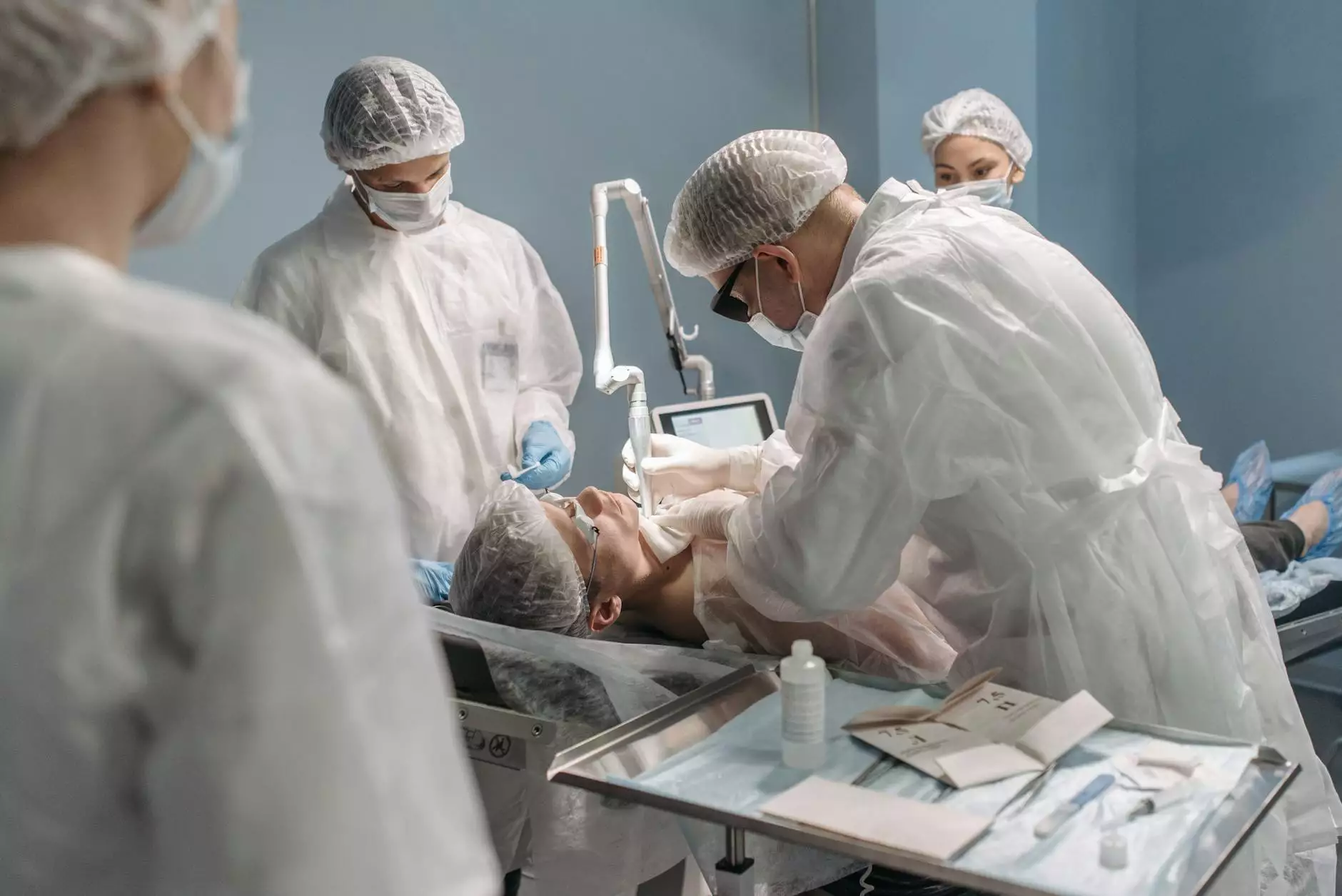Understanding Stasis Dermatitis Symptoms: A Comprehensive Guide to Vascular and Skin Health

Skin health and vascular health are intricately connected, with conditions like stasis dermatitis playing a significant role in influencing overall limb health. Recognizing the stasis dermatitis symptoms early can prevent complications and improve quality of life. This comprehensive guide explores the causes, manifestations, diagnosis, and treatment options for stasis dermatitis, emphasizing the importance of expert vascular medical care.
What is Stasis Dermatitis?
Stasis dermatitis, also known as venous eczema, is a chronic inflammatory skin condition that predominantly affects the lower legs. It results from venous insufficiency—a condition where the veins in the legs fail to effectively return blood to the heart. This leads to venous hypertension, fluid leakage, and subsequent skin changes. If left unmanaged, stasis dermatitis can cause significant discomfort, skin ulceration, and infections.
The Pathophysiology Behind Stasis Dermatitis Symptoms
The development of stasis dermatitis symptoms is rooted in venous hypertension, which causes increased pressure in the veins of the lower extremities. The elevated venous pressure promotes:
- Leakage of serum, blood cells, and inflammatory mediators into surrounding tissues
- Chronic inflammation in skin layers
- Progressive skin damage and fibrosis
This cascade of pathophysiological events manifests visibly as various skin changes characteristic of the condition.
Recognizing the Stasis Dermatitis Symptoms
Primary Skin Manifestations
The hallmark stasis dermatitis symptoms include:
- Hyperpigmentation: Dark brown or mottled patches due to hemosiderin deposits from blood leakage
- Itching and Eczema: Often intense, causing irritation and scratching that worsens skin damage
- Swelling (Edema): Chronic swelling due to venous hypertension and fluid buildup
- Scaling and Crusting: Dried, flaky skin resulting from persistent inflammation
- Skin Thickening (Lichenification): Hardened, leathery skin from prolonged scratching and inflammation
- Ulceration: Open sores, especially near the ankles, which are slow to heal or recurrent
Secondary Features and Complications
Alongside primary symptoms, other signs include:
- Varicose Veins: Enlarged, twisted veins visible beneath the skin
- Venous Stasis Ulcers: Painful, irregular ulcers often near the medial malleolus (inner ankle)
- Discoloration of Skin: Cyanotic or brownish tinge in affected areas
- Persistent Infections: Eczema-prone skin becomes vulnerable to bacterial and fungal infections
Differential Diagnosis: How to Distinguish Stasis Dermatitis
Correct diagnosis is vital since several skin conditions may mimic stasis dermatitis. These include eczema, venous ulcers, lipodermatosclerosis, and cellulitis. Proper clinical evaluation by vascular medicine specialists can distinguish these conditions based on the pattern of skin changes, underlying venous insufficiency, and vascular studies.
The Importance of Accurate Diagnosis in Managing the Symptoms
Understanding the specific stasis dermatitis symptoms and their severity guides targeted interventions. Diagnostic tools such as duplex ultrasound scans reveal venous reflux or obstruction, confirming venous insufficiency as the underlying cause. Accurate diagnosis enables personalized treatment strategies, reduces progression, and prevents ulcer formation.
Management and Treatment Strategies for Stasis Dermatitis Symptoms
Effective management of stasis dermatitis involves addressing both the skin changes and the underlying venous pathology. A multidisciplinary approach that includes vascular medicine specialists ensures optimal outcomes.
Compression Therapy
One of the cornerstone treatments is compression therapy, which improves venous return, reduces edema, and alleviates symptoms. Customized compression stockings or bandages are prescribed based on individual needs, ensuring consistent use to prevent fluid accumulation.
Skin Care and Topical Treatments
- Moisturization: Regular application of emollients prevents cracking and dryness
- Anti-inflammatory creams: Topical corticosteroids help control itching and inflammation
- Wound care: Proper dressings and infection control in cases of ulcers
Addressing Venous Insufficiency
- Endovenous procedures such as vein ablation or ligation to eliminate reflux
- Pharmacological agents to improve venous tone and reduce inflammation
- Lifestyle modifications including regular exercise, weight management, and leg elevation
Advanced and Surgical Options
In severe cases, interventions like sclerotherapy, endovenous laser therapy, or surgical vein removal may be necessary. These procedures restore normal blood flow, thereby reducing the severity of stasis dermatitis symptoms and preventing ulcer formation.
Prevention and Long-Term Care
Preventing the recurrence of stasis dermatitis symptoms requires ongoing management:
- Consistent use of compression garments
- Maintaining healthy weight and physical activity levels
- Early recognition of skin changes and prompt treatment
- Regular follow-up with vascular specialists for vascular assessments
The Role of Vascular Medicine Specialists in Treating Stasis Dermatitis
Vascular medicine specialists at institutions like Truffles Vein Specialists are pivotal in diagnosing and managing the root causes of stasis dermatitis. Their expertise in vascular imaging, minimally invasive procedures, and comprehensive patient care ensures optimal outcomes and improved quality of life for patients suffering from this chronic condition.
Why Choose Expert Care for Stasis Dermatitis?
Choosing specialized vascular care guarantees:
- Accurate diagnosis of venous insufficiency
- Personalized treatment plans
- Access to advanced minimally invasive procedures
- Continuous monitoring and prevention of complications
- Enhanced skin healing and symptom relief
Conclusion: The Path to Better Vascular and Skin Health
Understanding the stasis dermatitis symptoms is essential for early intervention and effective management. Recognizing the signs—such as skin discoloration, swelling, itching, and ulcerations—allows patients and healthcare providers to collaborate toward comprehensive treatment. Through advanced vascular medicine techniques and diligent skin care, it is possible to control symptoms, heal skin damage, and maintain healthy, functional legs.
For expert assessment and treatment of stasis dermatitis and underlying venous disease, consult the specialists at Truffles Vein Specialists. Empower yourself with knowledge and professional care to achieve optimal vascular and skin health long-term.









